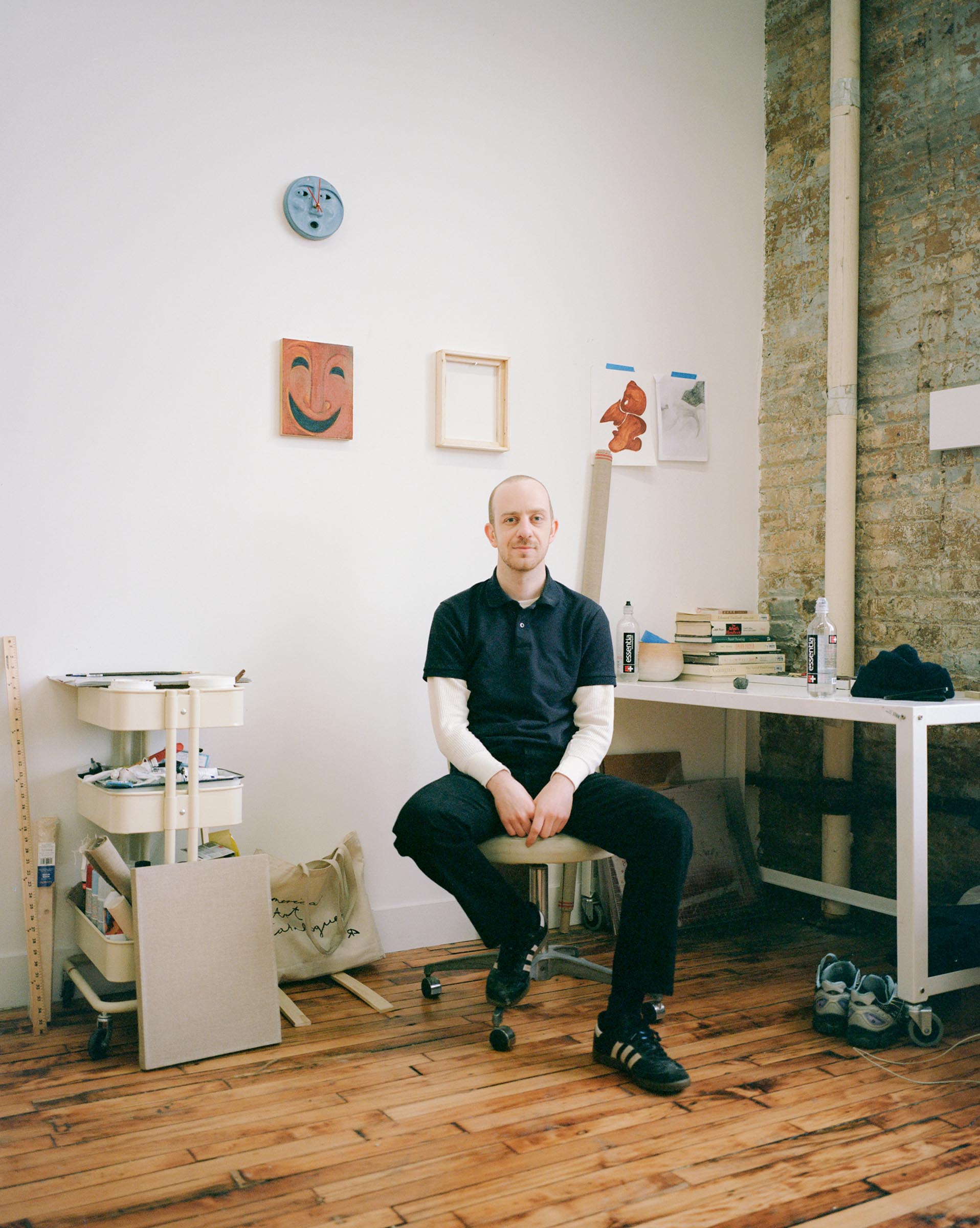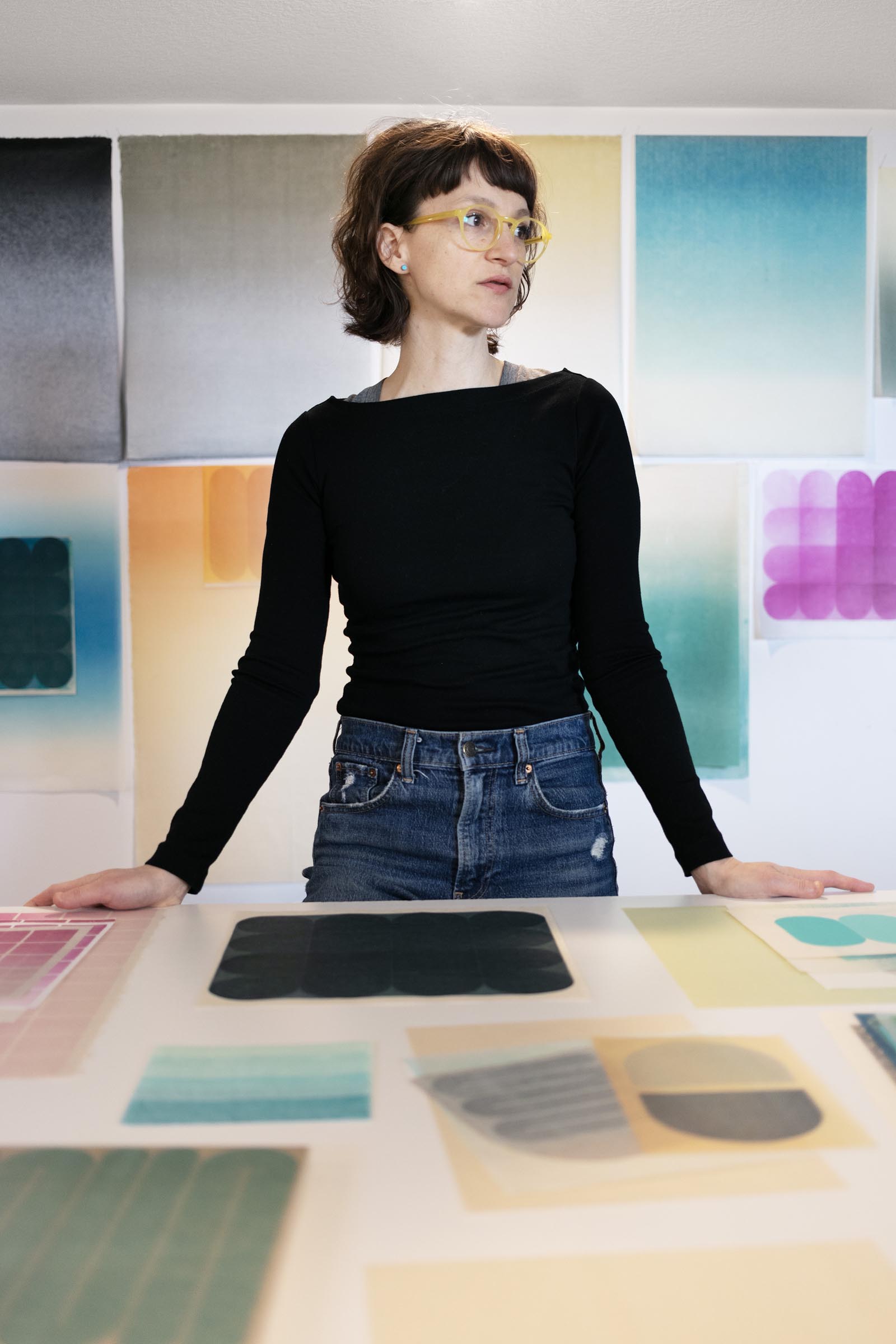How did you get into making art?
I’ve wanted to be an artist since I was four. I was lucky enough to be born to an artist mother so I had a lot of positive reinforcement and all the tools I could ever need to develop into an artist. She was constantly pointing out the beauty in everything around me. One of my earliest memories is being inside a colorful, life-size Red Grooms bus sculpture at the Knoxville Museum of Art. I remember feeling so small, mesmerized by the idea of being completely immersed in an artist’s world.
Rebecca Kaufman
Kaufman on new projects in textiles, ceramic handbuilding, and tactile bookmaking, using painting to reflect on addictive & invasive visual technologies & exploring the notion of consent across a range of media.

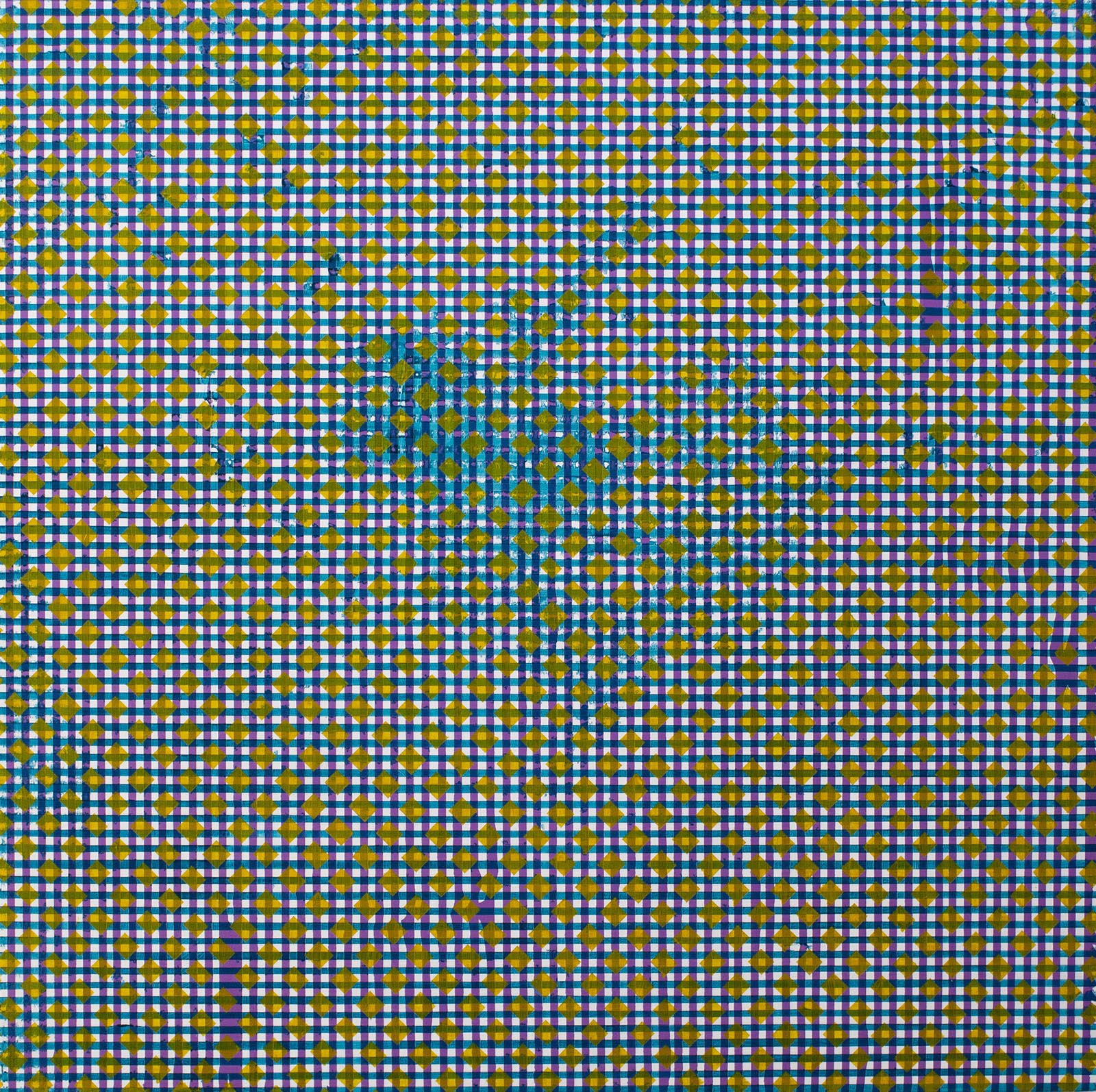

What are you currently working on?
I’m working on a few new projects in textiles, ceramic handbuilding, and tactile bookmaking while spending the majority of my studio time continuing a larger series of optical field paintings I’ve been working on since my last semester in graduate school at San Francisco Art Institute. Through repetitive processes, I construct these optical paintings that imply movement where there is none, engaging in a physical and sometimes sonic viewing experience. Unlike the op artists of the sixties, the paintings are rife with error, suggesting rather than denying the human hand. Using this ancient technology of painting, I reflect on addictive and invasive visual technologies we rely on today. These technologies, conceived right here in Silicon Valley, prey upon bio-psychological weakness generating non-consensual engagement with socially harmful consequences.
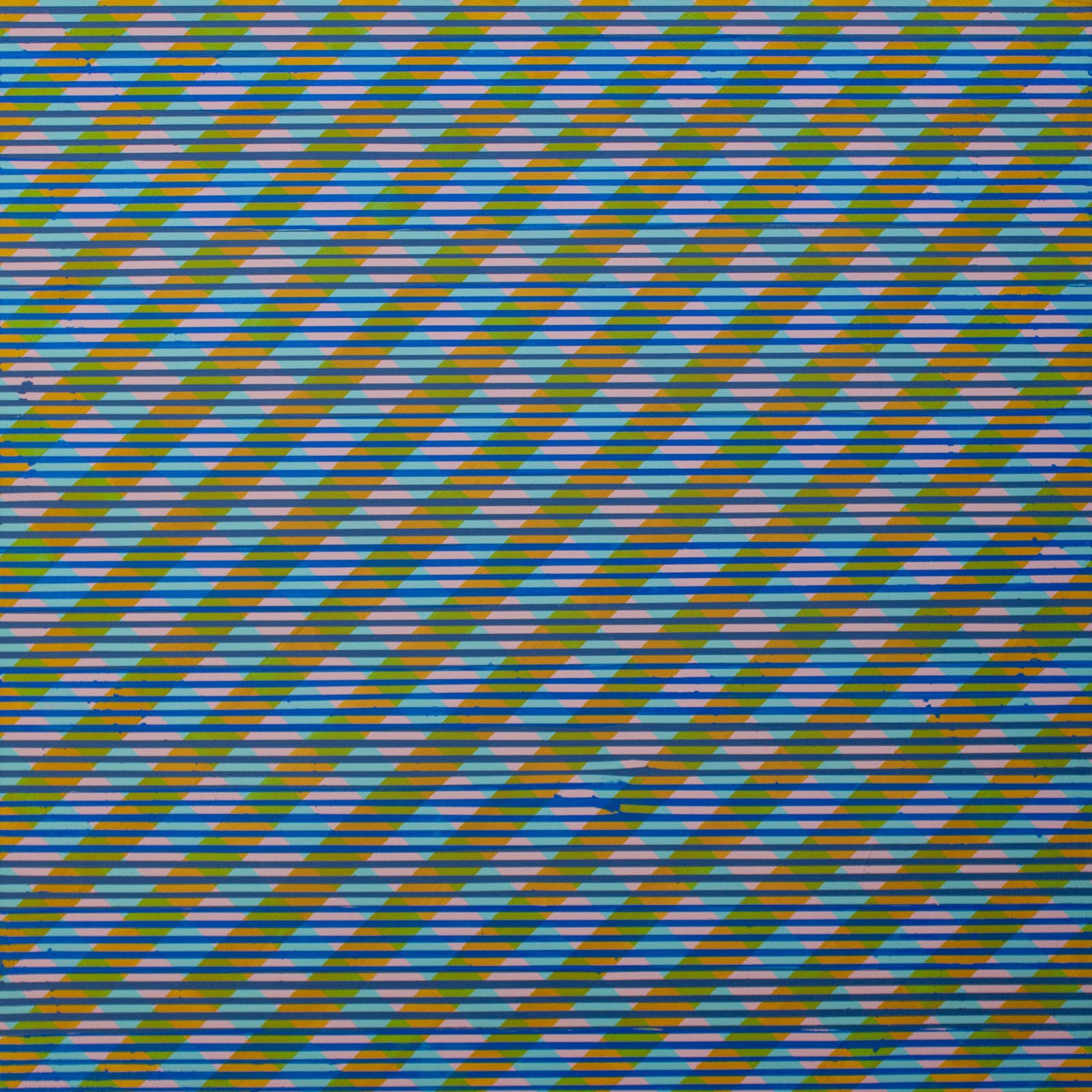
What inspired you to get started on this body of work?
In the last few years I’ve been thinking a lot about the notion of consent as it relates to both human rights and technology. I’m interested in how I can create work around the notion of visual consent. In the same way that something we read or see on social media can affect us emotionally, I aim to incite unexpected visceral reactions in viewers looking at my work.

Do you work on distinct projects or do you take a broader approach to your practice?
While I do work on distinct projects, everything shares a common thread. The mediums may differ but the ideas behind the works are concerned with perception. I have a pretty distinct style and the opticality, repetition, and color palettes that I utilize tend to surface in every medium I pick up.
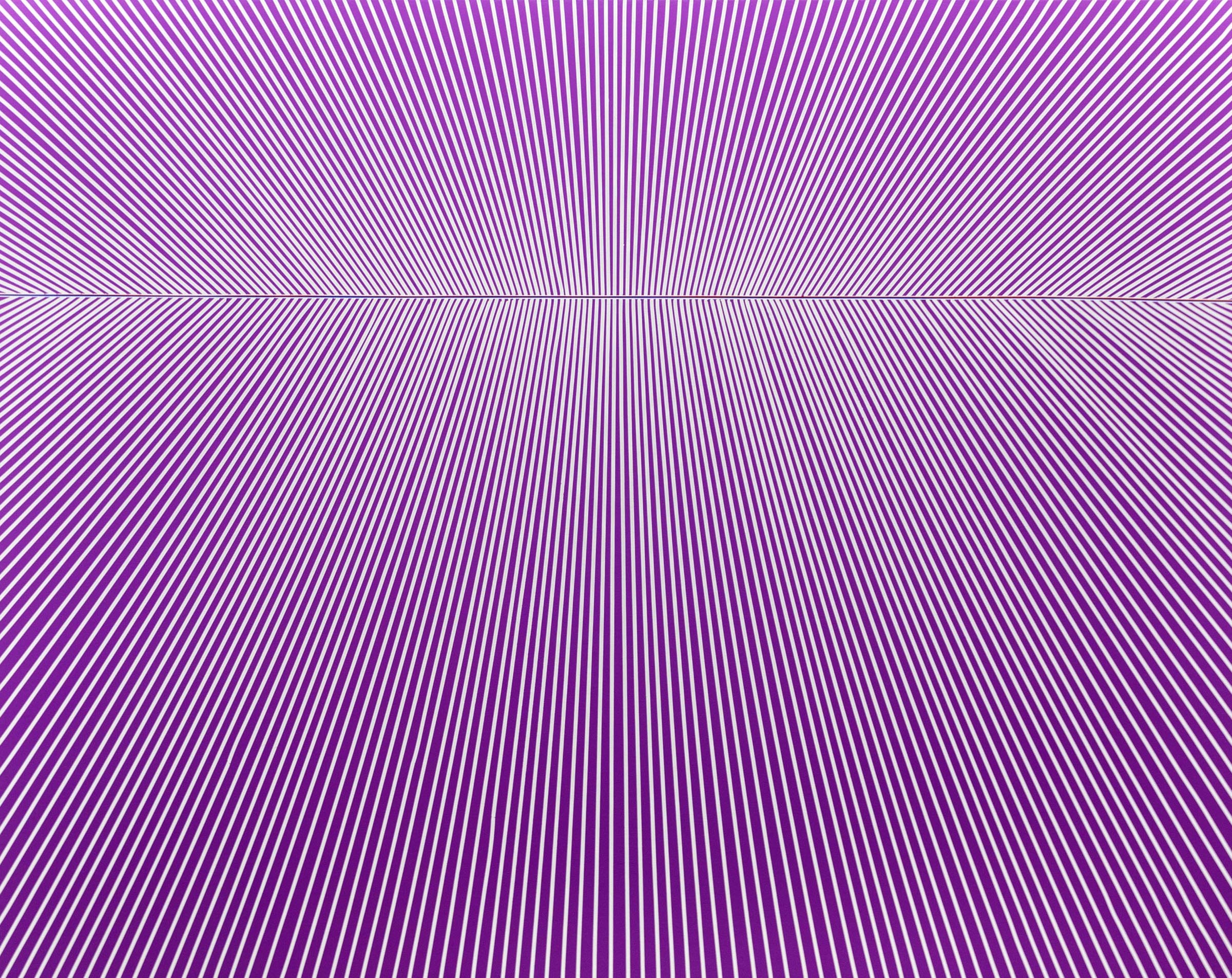
What’s a typical day like in your studio?
I spend my mornings running errands, checking emails, and taking care of art business before heading to my studio just before noon. I usually leave my studio a mess when I’m finished for the day, so I spend the first half hour (or however long I can stand it) cleaning up after myself. Depending on what I’m working on I like to do some low-risk warm up exercises on smaller pieces of paper. This gives me a chance to loosen up and paint without thinking about the heaviness of concept or intent. I can also take this time to test out color combinations for larger paintings. If I have surfaces that need prepping, I’ll warm up by building panels, stretching canvas, or priming substrates. After this, I’ll get to work on the more rigid aspects of my practice, whatever the task may be for the day – taping, sealing, glazing, or just spending hours mixing paint. I work on several paintings at a time to keep myself moving and avoid stopping to wait for paint to dry. This helps me to eliminate any time for over thinking. Once I reach a stopping point, I’ll finish the day making plans for my next moves in my sketchbook, planning color palettes and processes, and making small drawings of ideas for new compositions.

Who are your favorite artists?
This list is forever evolving and expanding, but currently my favorite Op Artists are Julian Stanczak, Carols Cruz-Diez, and Bridget Riley. I’ve always loved the writings and paintings of Agnes Martin. Color theorists like Josef Albers, Anoqa Faruqee, and David Driscoll have had a major impact on my deep appreciation and understanding of color. Alicia McCarthy, Cate White, and hundreds of other amazing Bay Area artists inspire me constantly.
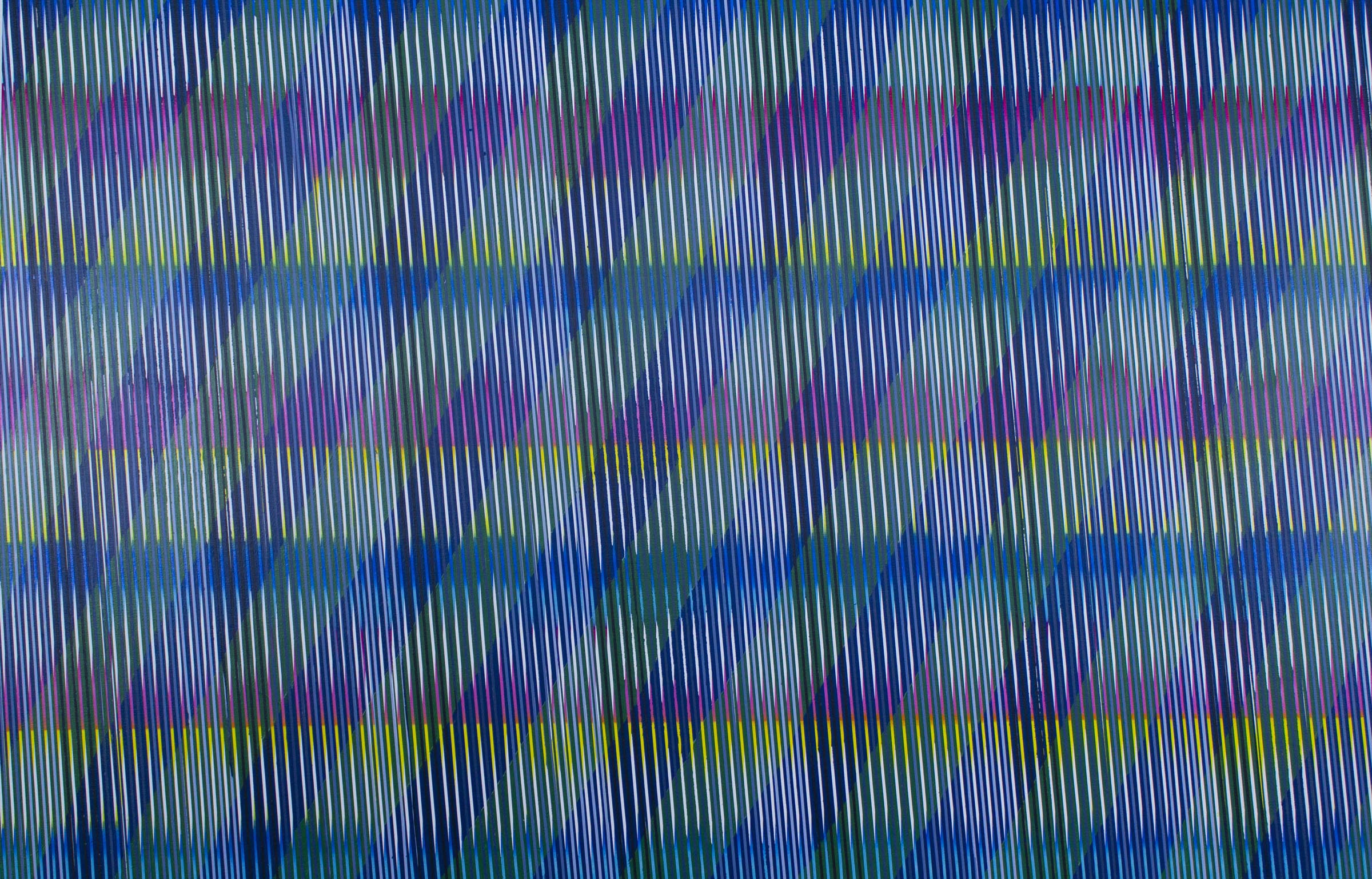
Where do you go to discover new artists?
I try to get out to art openings as much as possible. When I first moved to the Bay Area I went to every gallery I found interesting and added myself to their mailing list, so I am constantly inundated with new artists in my inbox to go check out in person or on the internet if I can’t make it to shows. I also find new art and artists while walking around Oakland and San Francisco. Between the architecture, the landscape, public art, murals, and street art, there is always something new to see and appreciate. I love how the landscape of the Bay Area is constantly in flux. It makes it that much more exciting to experience life in this living, breathing environment.
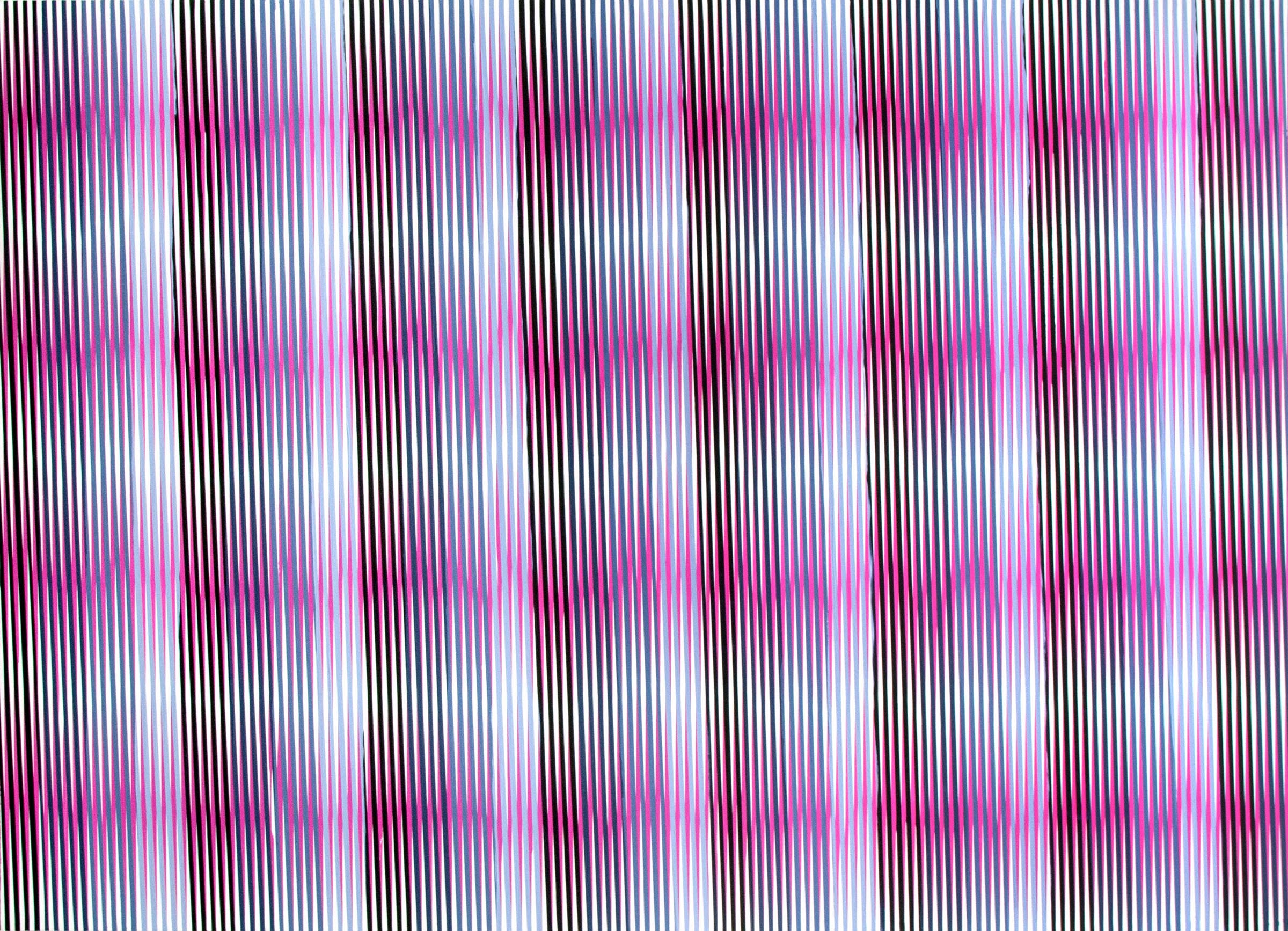
Rebecca Kaufman is an artist based in San Francisco who was recently shortlisted for The Hopper Prize. To learn more about the artist:
- Explore Rebecca Kaufman‘s finalist portfolio
- Visit Rebecca’s website at rebeccakaufmanart.com
- Follow Rebecca on Instagram @rebecca___kaufman


























































